God of War Review (PS4) verdict – It is a brilliant reinvention of a character who was out of place and out of time in the current generation of the video game, and an evolution in the way relation between two or more of them are depicted in such a creative environment.
The thing that has impressed me the most with God of War is the quality of the evolving relationship between a father and a son, Kratos, and Atreus, and that was probably the point from the very beginning. It would be quite reductive to state that’s something we’ve already seen in video games like The Last of Us because this time around the rapport between the two protagonists’ changing has an impact on gameplay that goes beyond the switch of playable characters.
While in The Last of Us, at a certain point of the adventure, you were given the full control over Ellie, just to have the feeling of how it was to be in her shoes, God of War never does something like that but instead changes the nature of the relation between Atreus and his father. Child’s responsivity to your commands changes depending on an argument you’ve had a few minutes ago, for example, and the pair shares long silences a bit after that happens.
So, yes, that’s the real thing in God of War. The relationship between a father and a son that feels true, natural, as it should be and most probably never has been in a video game like this. Santa Monica Studio managed to achieve this thanks to a couple tricks that its creative team, led by Cory Barlog, was good enough to put and apply into the structure itself of the title, not only as some sort of mannerism but as something functional to the economics of the gameplay.
The one-shot camera is indeed one of those. While Hideo Kojima has done something like this in the past, in that case, it was a – great – achievement in a cinematic effort, a technique that was used to let you have the feeling of being watching a movie rather than simply be playing an action video game. This time around, and thus I understand why Barlog wanted this feature to be introduced this much in his title, it might be a bit less ambitious in direction but a lot more meaningful.
Indeed, the camera is always showing what you can actually see from the perspective of Kratos, and almost in every situation, it has Atreus on board too so that you can grow more and more sentimentally attached to these guys. Coming always from behind, the camera remarks every nuance of Kratos’ shift in mood and feelings, starting from a hand that stops just an inch from Atreus’ shoulder to a full hug possibly coming at the end of the adventure. Whenever one of them is missing from the action, you feel like there’s a lack of something you can’t really explain and that goes beyond the simple fact that your son’s bow is so overpowered or you have another target for your enemies.
So, God of War’s codename could’ve been “evolution”, as this iteration of the franchise basically evolves every little or big good thing we’ve been playing and seeing in the past iterations. Without any doubt, the game grew more ambitious as the portraits of its characters, not only the protagonists, went more complicated and nuanced with a lot of different emotions due not only to revenge anymore but also to love and regret. This has a reflection on the gameplay, of course, with a completely different genre embraced for the first time.
Santa Monica Studio has crafted a brand new action adventurer from the ground up, grabbing inspiration from some of the most interesting titles around and revolving around some of the topics and trends when it comes to building similar productions. Classic dungeon based Zelda and its clones have surely borrowed some of the basics, such as powers that allow you to go through a specific area and can be used in earlier portions of the map that were locked at your first passage. While doing so, it has retained its spectacular combat system, that from time to time comes to look like superhero-style battles reminding of the likes not only of the previous chapters but also of the latest DC and Marvel movies. Smartly, while it ends coming up with a little of button mashing from time to time just because it gives you so many options and possible combinations, the developer has managed to find the right balance between the spectacular things you do with your own hands – often relying on quick time events – and what you’re simply required to sit and watch.
The most impressive thing in the lot is that the game’s filled with content. Content anywhere. Collectibles and collateral activities are offered aplenty, and most intelligently – taking advantage of the fact that it’s not an open world but a series of sandboxes linked perhaps a bit lazily each other by a central hub – they’re all very close to the player or at least to the point where he’d grab them. It’s something that really led me to play that content or grab those collectibles while I was playing the main story, which I’m not used to (I use to do that stuff once I complete the principal quest).
That content is also pretty meaningful, as it allows you to face bigger challenges (Valkyries are the main portion of the endgame) or look at other interesting pieces of the puzzle when it comes to the story and Norse lore that’s being presented aplenty as well. There are multiple chests along the path and some of them require to solve little to medium in length puzzles, like finding runes and bringing them down to access several rewards. The rewards themselves are usually pieces of gear and equipment, which you can also purchase at the several shops disseminated across the map.
Another good thing, which you’ll probably invest a few hours on, is the fact that you can customize and upgrade basically everything in this game. Weapons and abilities are central, as you can invest experience points on them and them only, not directly on your character Kratos. It’s a singular decision that most probably is due to the fact that the development team is telling you he’s already a god, how can you make him better rather than making him grow as a man and his relationships rather than his status as a divinity. All of this, and the ability to find a new weapon in the middle of the adventure fuels the endgame and gives sense to the rewards you’re given by the conclusion of the story and side content, as you can also choose to grab some sets rather than simply pieces you discover around.
Technically, it’s a visual masterpiece none of you graphics-addicted should miss on PS4 Pro. It features an overall instability of the frame rate in both the modes available, but that’s something you can easily pass on considering how good it looks both on locked 30FPS and unlocked frame rate. Snow on the ground changes its shaped accordingly to your footsteps, geometry is at its finest on every element on the screen and lighting makes it for every landscape to be one you would take a picture (whenever the photo mode gets available, at least). I suggest you play the 4K/30FPS mode if you’re enjoying the title on PS4 Pro as it gives you a more consistent experience, but it’s really a matter of tastes, I guess, and you won’t have the major downgrade you’d expect by selecting the Performance mode. It’s visually very ambitious, as it changes its main palette of colors often and quickly, always bringing new things to watch and admire over the course of the 25-30 hours of the main story and a bit of side content you meet in the meantime. Perhaps, we’re a step ahead of Horizon: Zero Dawn, but consider this is not a true open world game.
Conclusion
Finally, God of War is a brilliant reinvention of a character who was out of place and out of time in the current generation of video games, and an evolution in the way relationships between two or more of them are depicted in such a creative environment. It’s a game you really need to look into if you love old-fashioned, wrapped up single-player experiences with a lot of content in them. It could’ve been even bigger in scope and more cohesive, but it feels already huge for a debut and a killer application for PlayStation 4.


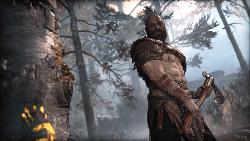
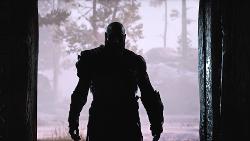
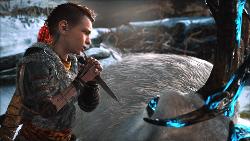
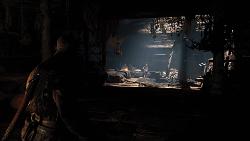
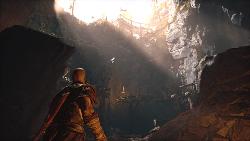
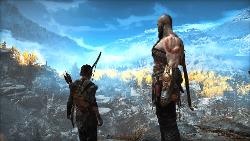
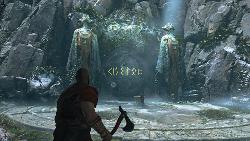
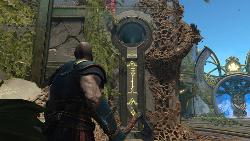
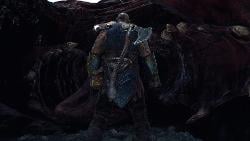
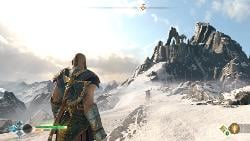
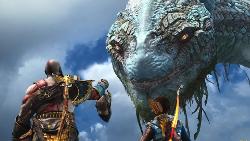
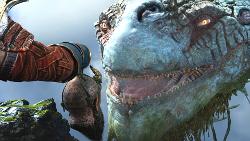
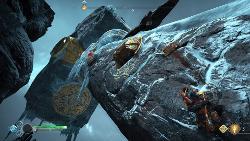
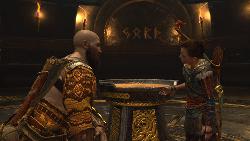
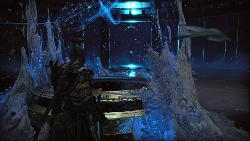

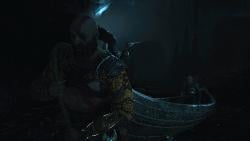
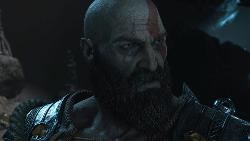

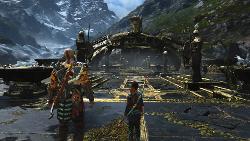
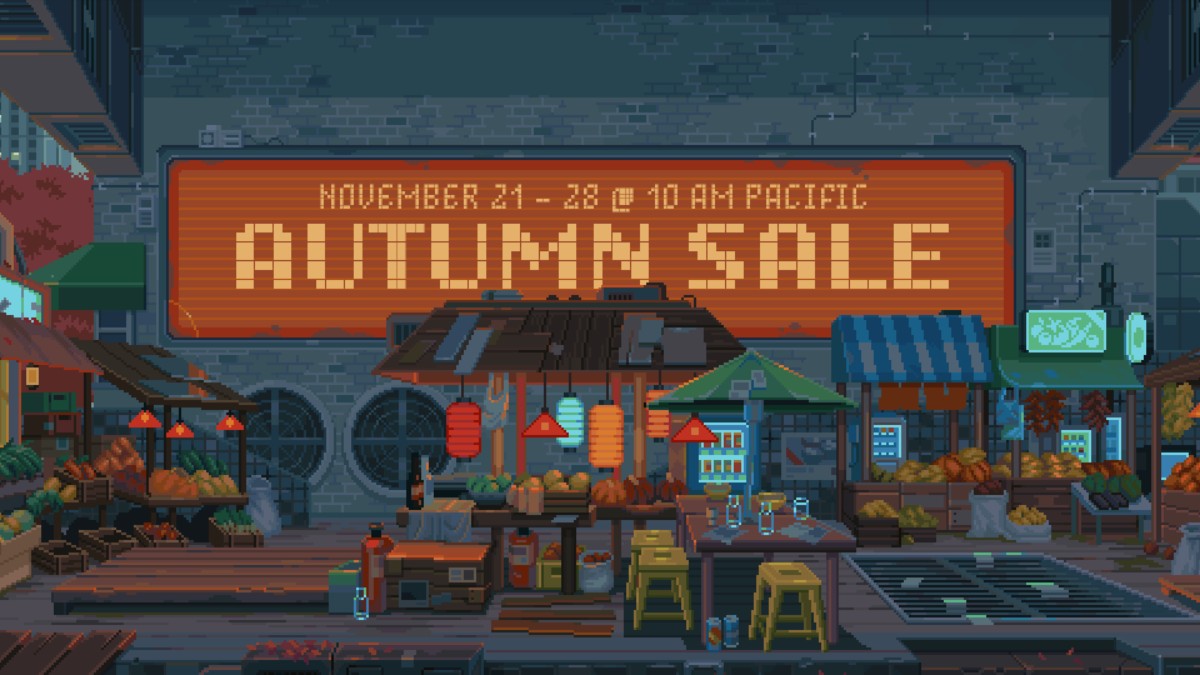
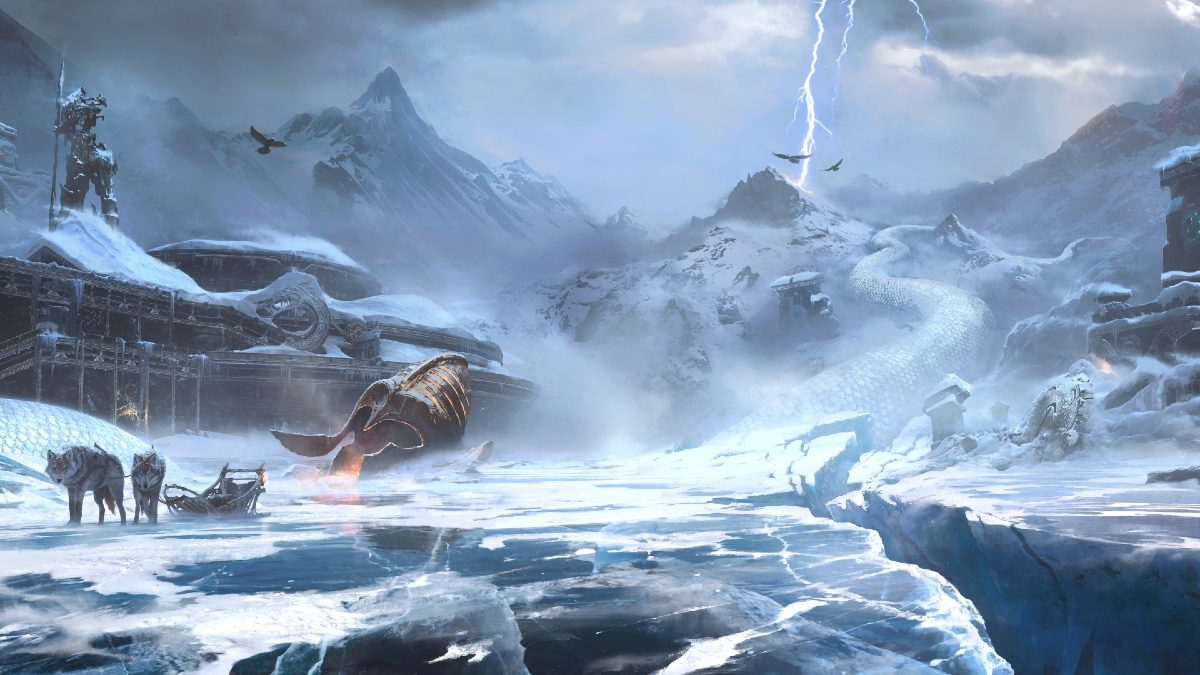
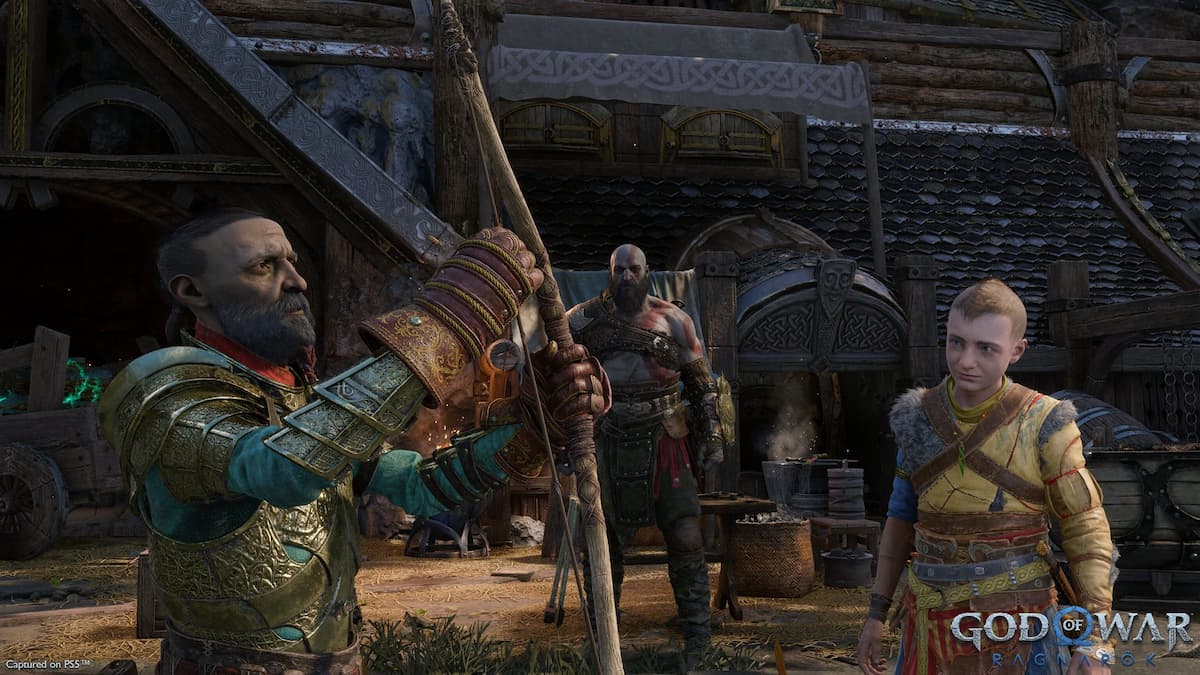
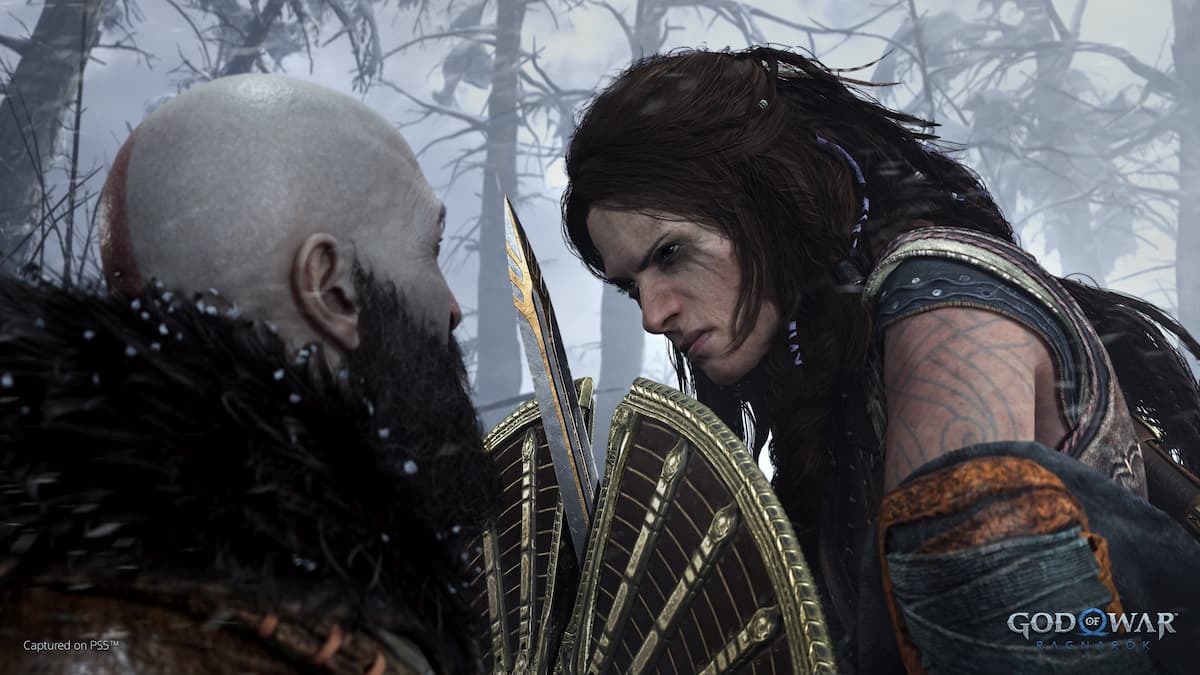
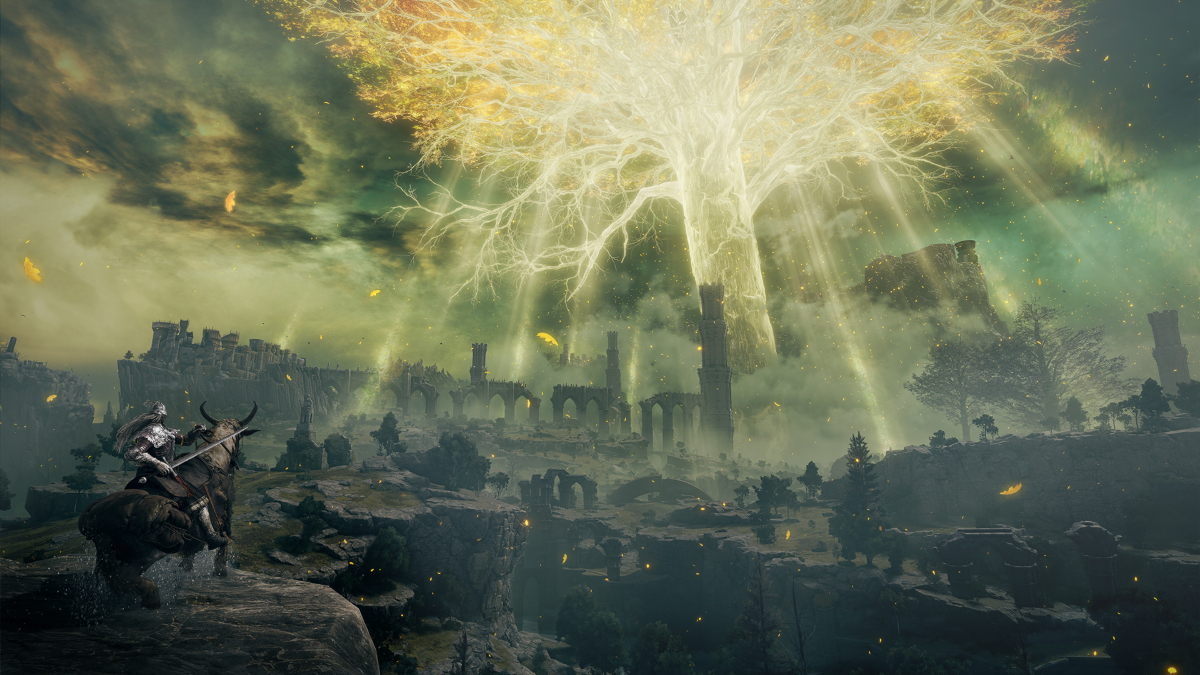
Published: May 4, 2018 09:46 am